Curly hair is often lumped into one big category, but that’s far from the case. Believe it or not, there are many different kinds of curls. Ranging from 2A to 4C, they all come in their own individual set of traits and textures. Don’t know which one you belong to? Then keep scrolling through each curly hair type to have a better understanding of your natural locks.
The 9 Different Types Of Curly Hair
2A Curly Hair Type
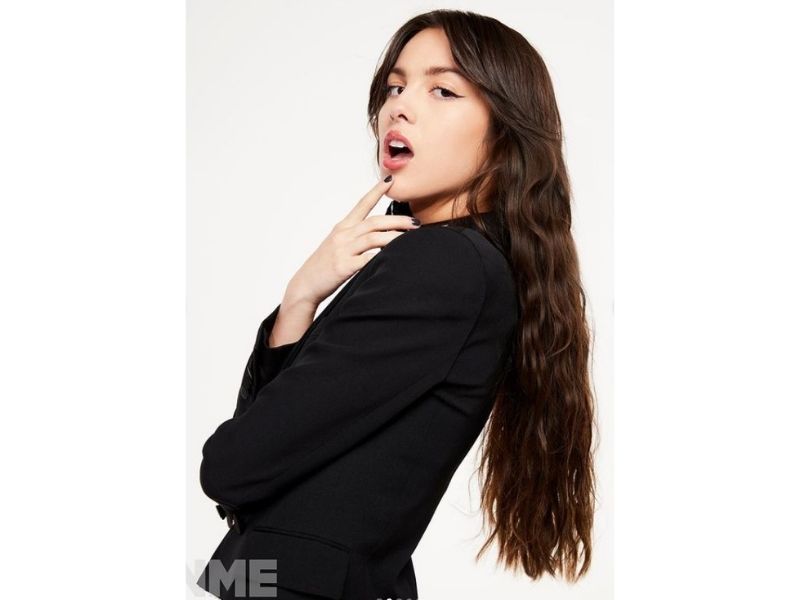
If you have light, beachy waves, you most likely have type 2A hair. This hair type grows straight at the roots and ends with a subtle, tousled texture towards the tips. They’re relatively easy to comb out and are equally just as low-maintenance (well, low-maintenance as far as curly hair goes, at least) to style.
You won’t have to battle with the flat iron since straightening your hair won’t be much of an issue. Otherwise, you can also simply air-dry your hair on days when you want to let your natural waves shine. As for styling products, look for a lightweight volumising mousse and avoid rich creams that can make your hair go limp.
2B Curly Hair Type
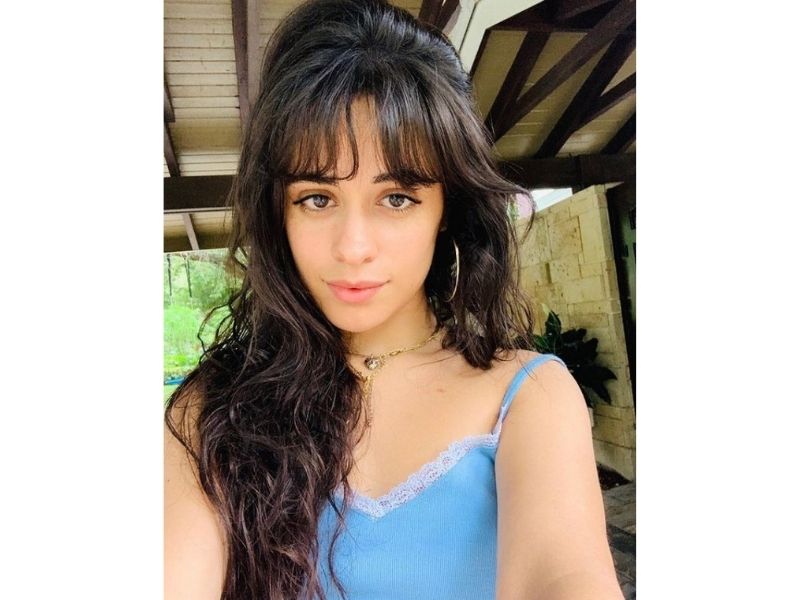
Similar to 2A, 2B hair is straighter at the crown but forms medium to large S-shaped curls that look more defined. Extra moisture is key with these curls, as they tend to be slightly frizzier than 2A locks.
Leave-in conditioners do an excellent job of keeping the waves in place while giving you silky-smooth goodness and extra protection when styling your hair. You could also try incorporating a hair mask in your washing routine for about twice a month to achieve softer waves.
2C Curly Hair Type
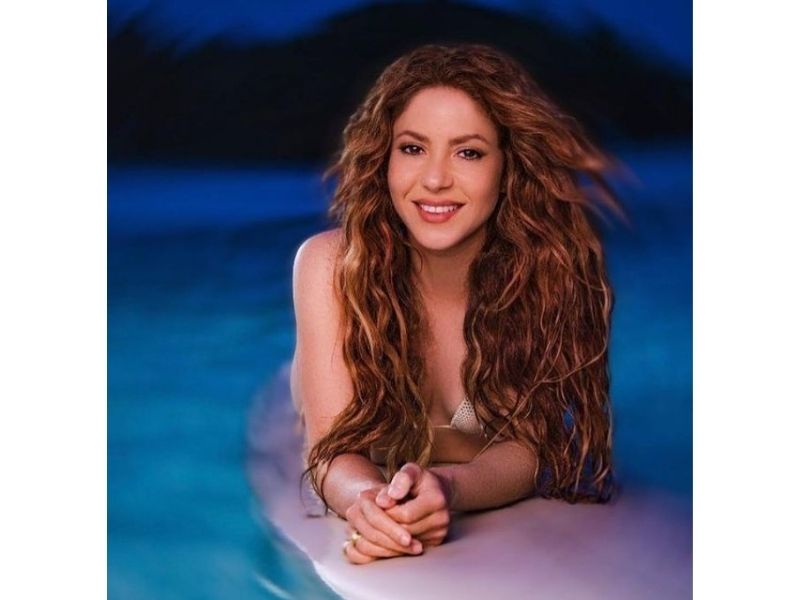
2C hair has the deepest waves amongst all the type 2 manes. They range from small to medium waves, with the S-shape definition forming at the roots. However, 2Cs don’t have springs, which is what sets them apart from full-on curly hair.
Known as an in-between hair type that is both wavy and curly, they’re naturally also the most prone to frizzing. Use a sulfate-free co-wash or shampoo to prevent your hair from drying and losing essential moisture.
3A Curly Hair Type
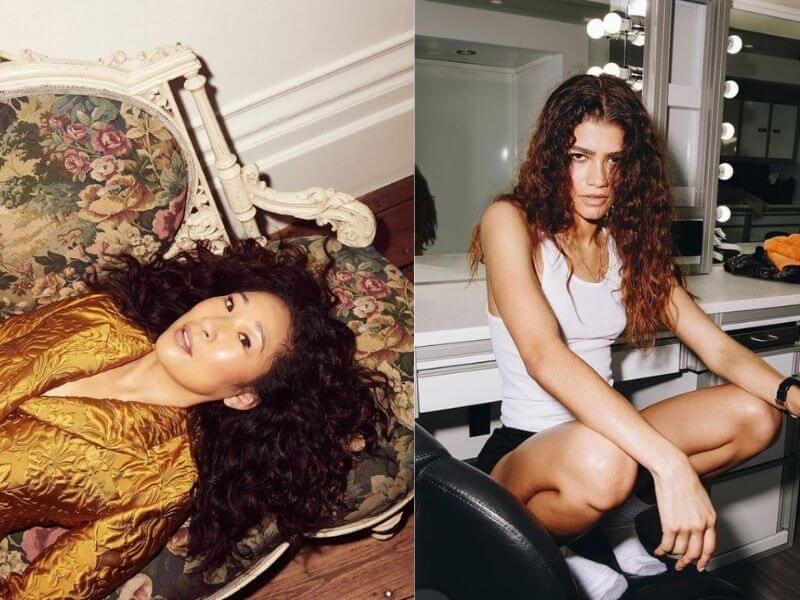
3A hair feature loose spiral curls with a large diameter that can loop around a permanent marker. With this hair type, shampooing your hair daily is the last thing you’d want to do, as this will dry your curls out very quickly. Instead, it’s better to wash your hair every five days or once a week to maintain your healthy, luscious locks.
Take care not to touch your hair until it’s completely dry and even then try to keep them off as much as possible. The same goes for combing or brushing your hair. You should also detangle your curls with your fingers (the only time you’re allowed to touch your hair) instead of a brush.
3B Curly Hair Type
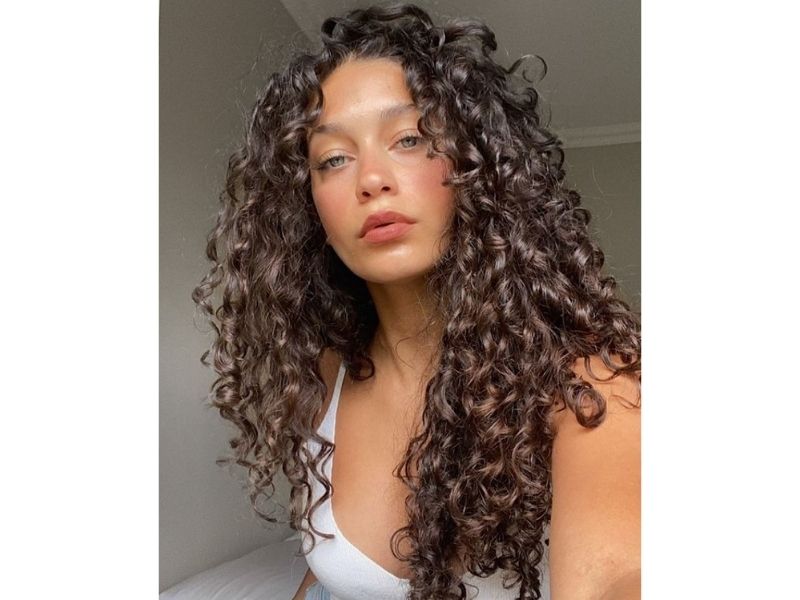
3B hair has tighter, springier corkscrew curls with a circumference of your index finger. These spirals naturally create full, voluminous hair by bouncing off each other. Unlike 3A hair, 3B types won’t lose their curls as easily and remain coiled regardless of what products you use.
The downside is that they’re still just as susceptible to frizzing and dryness (ugh). Limit your wash days to a weekly routine and slather on styling products with humectants—oils or creams—to keep your curls hydrated.
3C Curly Hair Type
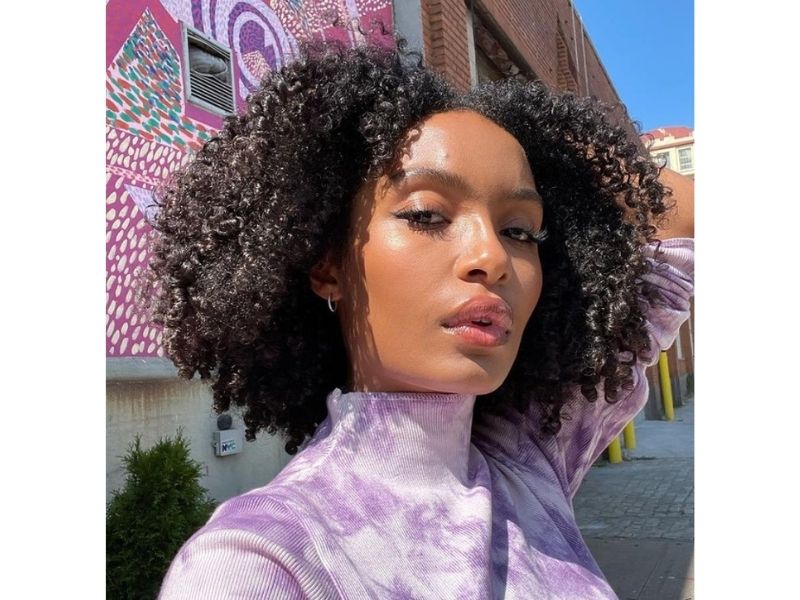
Those with 3C types have even tighter, smaller-sized curls with a circumference that ranges from a straw to a pencil. Their strands are thickly packed together, giving your hair major volume and bounce. You’re also probably going to be balancing between several different hair textures.
Regardless of whether you have a corkscrew or a zigzag curl (maybe even a combination of both), 3C hair textures tend to be on the coarser side. Use a leave-in conditioner and a wide-tooth comb to gently detangle your curls. Remember to comb from the tips to the roots to prevent hair damage.
4A Curly Hair Type
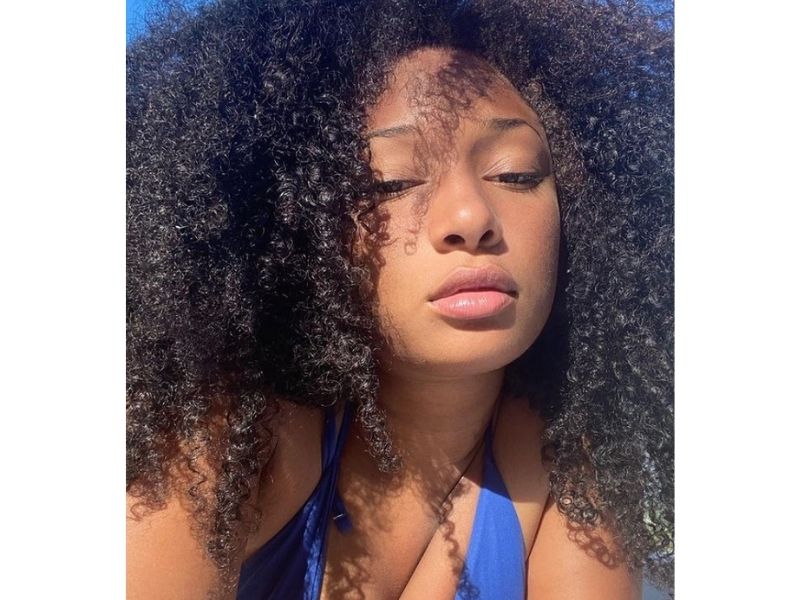
Type 4A hair has coily and dense curls that loop around into tight ringlets with the circumference of a crochet needle. You might experience shrinkage when the curls wrap around themselves or they can be elongated into defined S-shaped patterns when stretched.
While this hair type may be better at retaining moisture than type 4B hair, maintaining its moisturised state is crucial for healthy curls. Applying a blend of curl cream and hair oils (especially ones with a base of coconut or jojoba) will ensure that your curls remain plush and soft.
4B Curly Hair Type
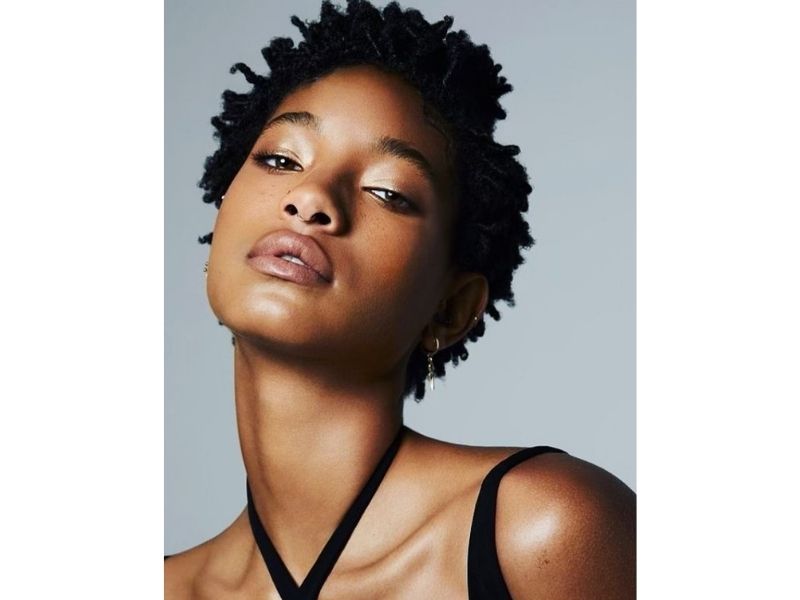
4B hair has curls with fewer coils and S-shapes but features sharper angles in zigzag or Z-shaped patterns instead. This hair type can be highly porous, making your strands more vulnerable to dryness, shrinkage, and breakage.
Ultimately, your styling goal should be to infuse each lock with intense hydration for better elasticity and definition. Many swear by the LOC method, which consists of a leave-in conditioner, hair oil, and cream.
4C Curly Hair Type
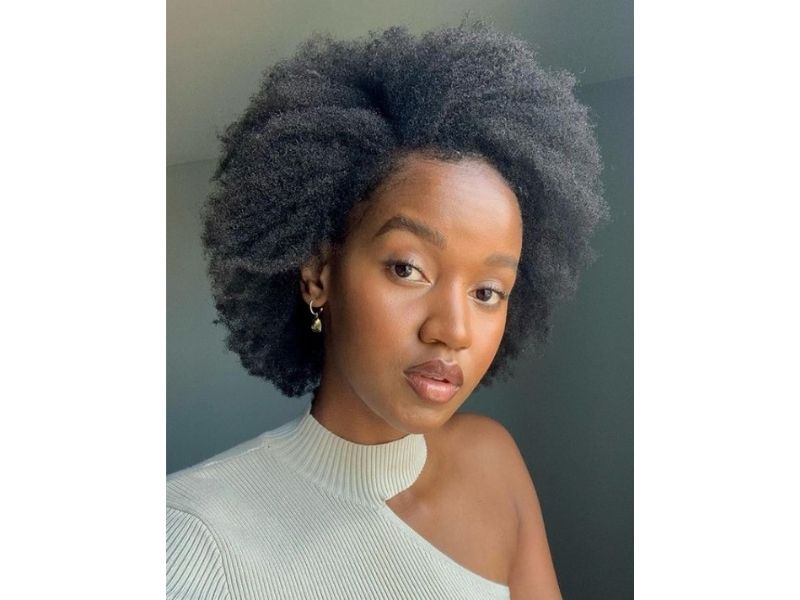
4C hair has similar hair textures to 4B types, except their curls are more tightly coiled, making their zigzag patterns invisible to the eye. They’re also the most fragile of the curl types and are especially prone to breakage, dryness, shrinkage, and snapping.
This is because type 4 strands generally have fewer cuticle layers (which help to retain moisture) than other hair types. For that reason, constant moisturisation is essential with 4C hair through deep conditioners and the LOC method.
Maintain Your Curly Locks With The Proper Hair Care
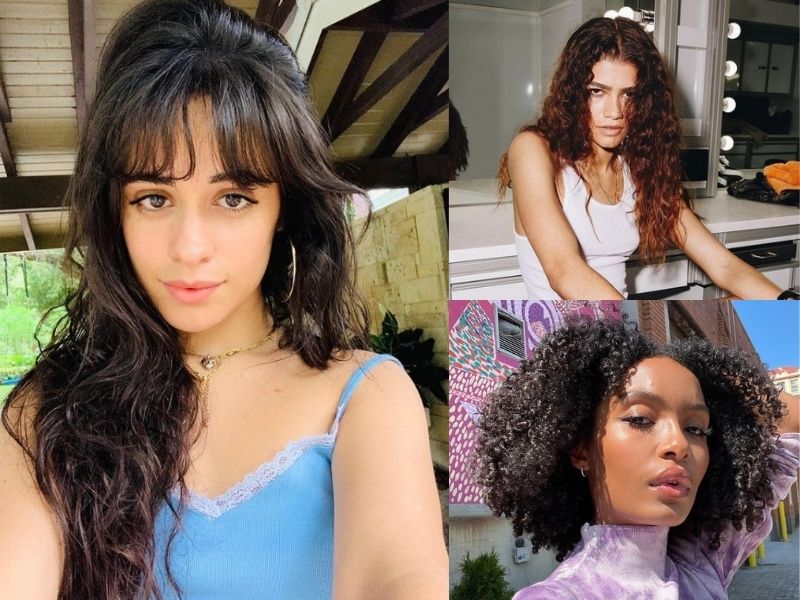
We hope this helped you learn how to identify your curls, but don’t fret if you find yourself in between two (or more) hair types. There’s no one consistent hair texture for everyone and the process of getting to know your mane or hair care routine is a never-ending cycle. Take the time to explore various techniques before you land on a method that works for you. But if you’re feeling overwhelmed, maybe you can start with these 13 hair care tips and tricks!
